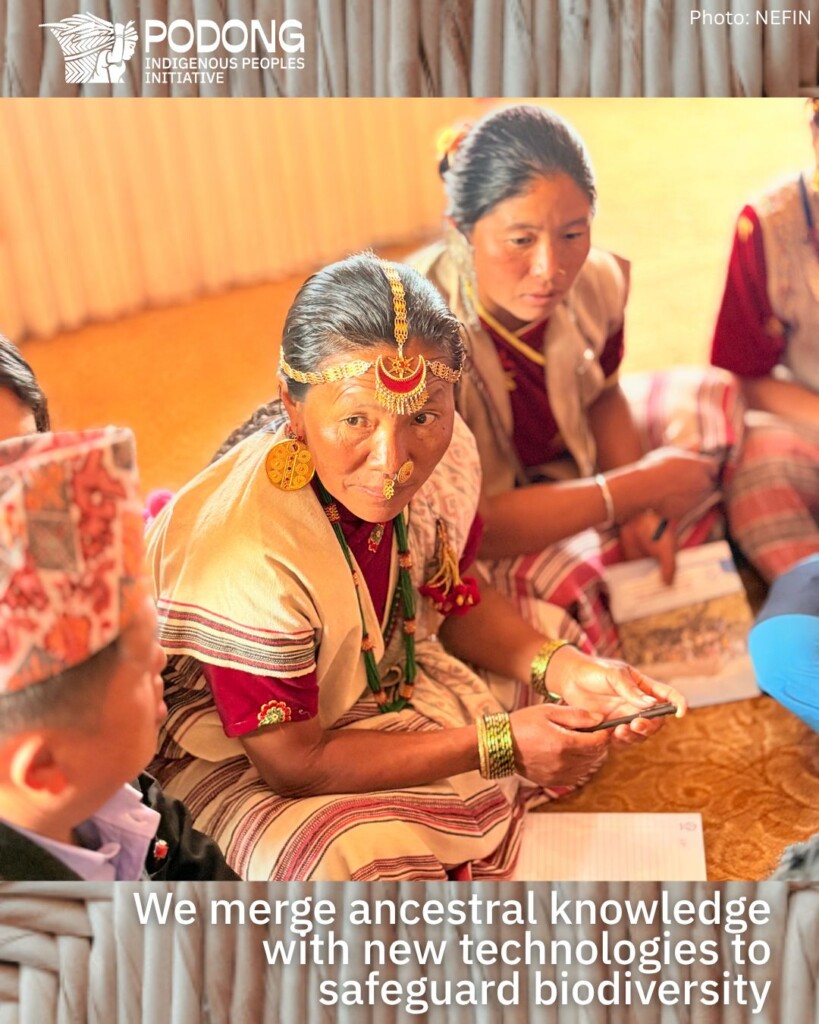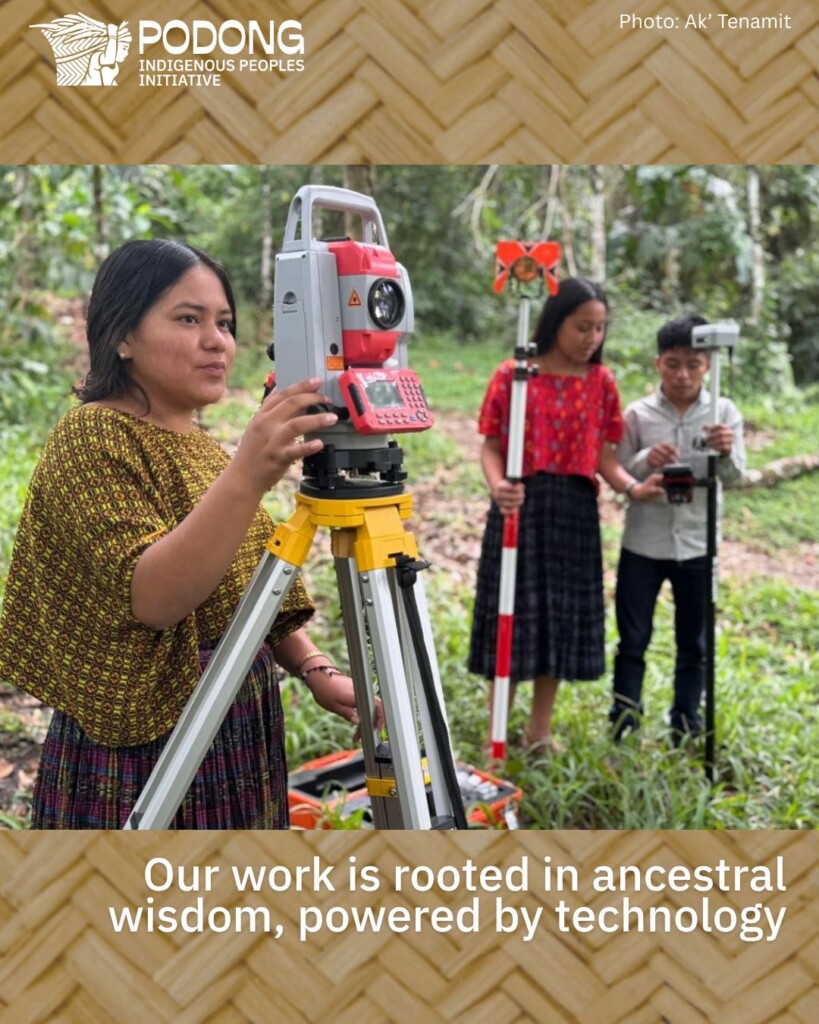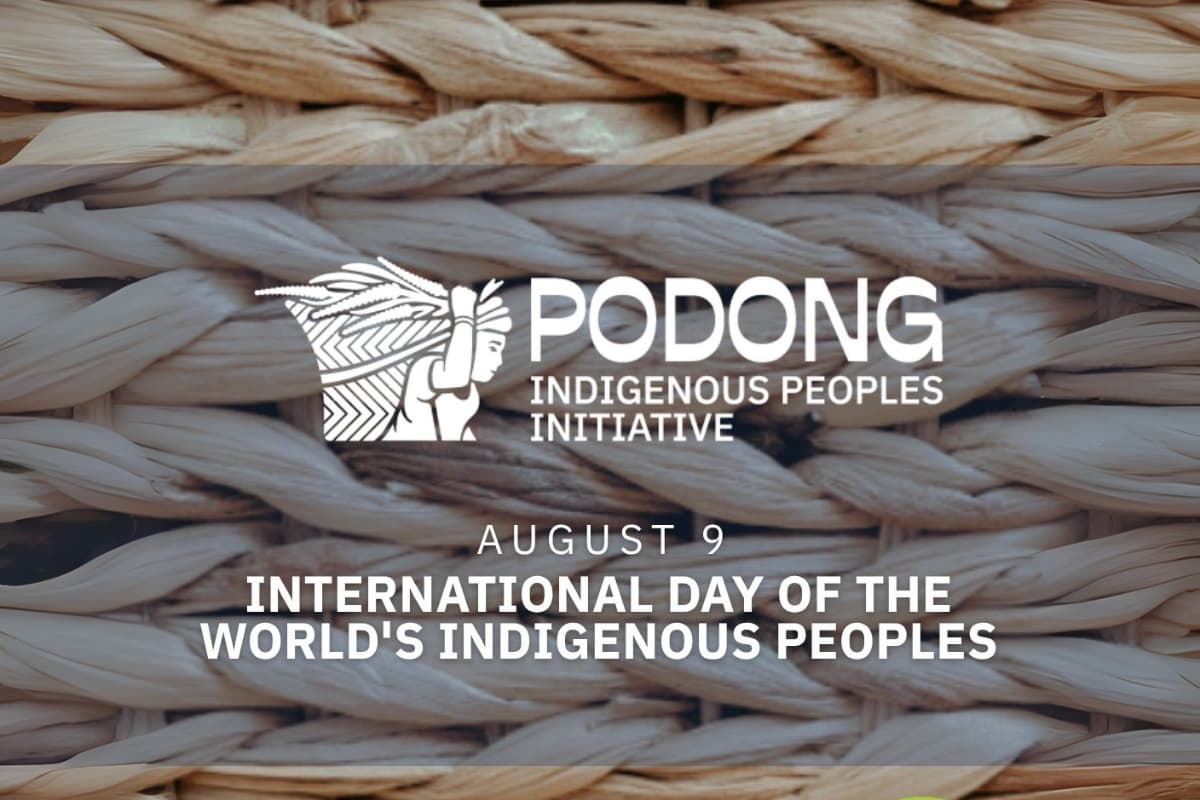Today on the International Day of the World’s Indigenous Peoples, we celebrate the invaluable contributions that we, Indigenous Peoples around the world, bring to shaping new pathways for sustainability and justice; and to guiding the responsible and ethical use of Artificial Intelligence as a tool that respects cultural integrity, protects rights, and upholds the wellbeing of our planet and future generations.
From the mountains of South Asia to the savannahs in Africa, to the tropical forests in Mesoamerica, we continue to develop and use technology for the benefit of our communities. Across diverse landscapes, our Indigenous communities are blending ancestral knowledge carried through generations with modern technological tools including AI to defend our rights, protect our lands, nurture biodiversity, and ensure our cultural lifeways endure for generations to come.
We highlight the inspiring work of three of our PODONG partners in Central America, Africa and Asia:
Asociación Ak’ Tenamit, an IUCN Indigenous Peoples Organizations Member based in Guatemala, is empowering Indigenous youth through training in geographic information systems (GIS) technology to support their communities in increasing land tenure security and identifying areas for community-led conservation. Equally important, Ak’ Tenamit is fostering the intergenerational transfer of traditional Indigenous knowledge, ensuring that ancestral wisdom and modern tools work hand in hand to strengthen the next generation of Indigenous leaders and safeguard critical ecosystems.
In Northern Tanzania, the Ujamaa Community Resource Team (UCRT) is supporting pastoralist, agro-pastoralist and hunter-gatherer communities in securing rights to land and natural resources. Through a participatory process involving traditional leaders, elders, women, youth, and government institutions, UCRT has supported the creation of land use plans across 17 villages. Using GPS technology alongside cultural practices and traditional boundary markers, communities have mapped and secured more than 85,000 hectares of land under improved management and tenure.

In Nepal, the Nepal Federation of indigenous Nationalities (NEFIN) is working with communities across diverse ecological zones to safeguard traditional knowledge and promote Indigenous-led conservation. Through participatory approaches such as socio-cultural mapping, reviving cultural expressions, NEFIN helps communities document their deep spiritual and ecological relationships with the land and rivers. These initiatives highlight how Indigenous knowledge systems, rooted in ritual, memory, and cultural identity, are strengthened through the active participation of women and youth, and can sustain intergenerational learning and harmony with nature.
From Ak’ Tenamit in Guatemala to UCRT in Tanzania and NEFIN in Nepal, these experiences show the depth and resilience of Indigenous knowledge systems. When Artificial Intelligence is used under the leadership of Indigenous communities and with full respect for their rights, it can strengthen territorial mapping, documentation, and advocacy, ensuring their voices and stewardship endure for generations.
Learn more:
NEFIN: https://www.nefin.org.np/
UCRT: https://www.ujamaa-crt.or.tz/
Ak’ Tenamit: http://www.aktenamit.org/
Subscribe to our newsletter: https://lp.constantcontactpages.com/sl/yYqIxl1/PodongSignUp

About the PODONG Indigenous Peoples Initiative
The PODONG Indigenous Peoples Initiative is a global initiative that aims to recognize and support Indigenous Peoples’ contributions to the conservation of biodiversity and climate solutions through their indigenous knowledge systems, while ensuring their full and effective leadership and access to adequate resources for the implementation and achievement of the Kunming-Montreal Global Biodiversity Framework and the Paris Agreement.
PODONG, meaning basket in the Indigenous Marma language of Bangladesh, symbolises harvesting abundance and highly depicts the role and contributions that Indigenous women play in conserving biodiversity and reducing the impacts of climate change in their communities. Co-designed, co-developed and co-implemented by the International Union for Conservation of Nature (IUCN), IUCN’s Indigenous Peoples’ Organisation Members (IPOs) and the International Indigenous Forum on Biodiversity (IIFB), PODONG is being implemented in Guatemala, Panama, Nepal, and Tanzania during its first phase.
Photo Credits: PODONG.


